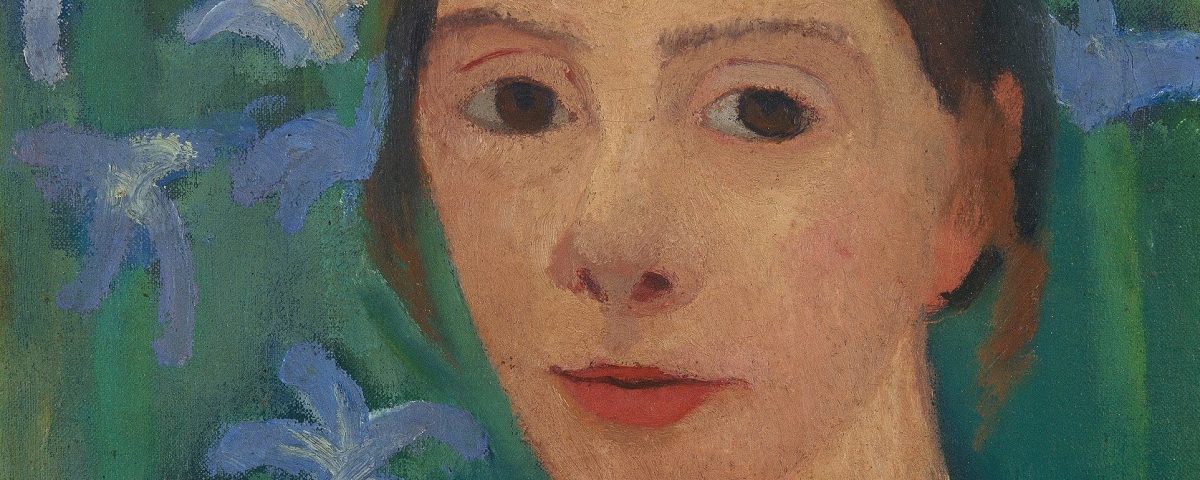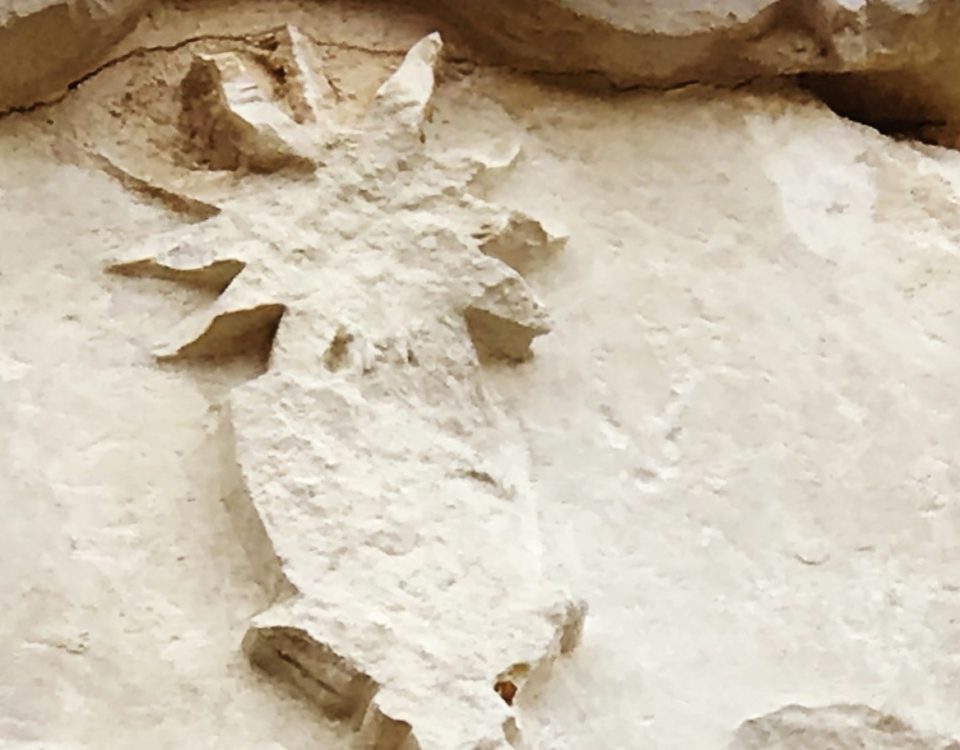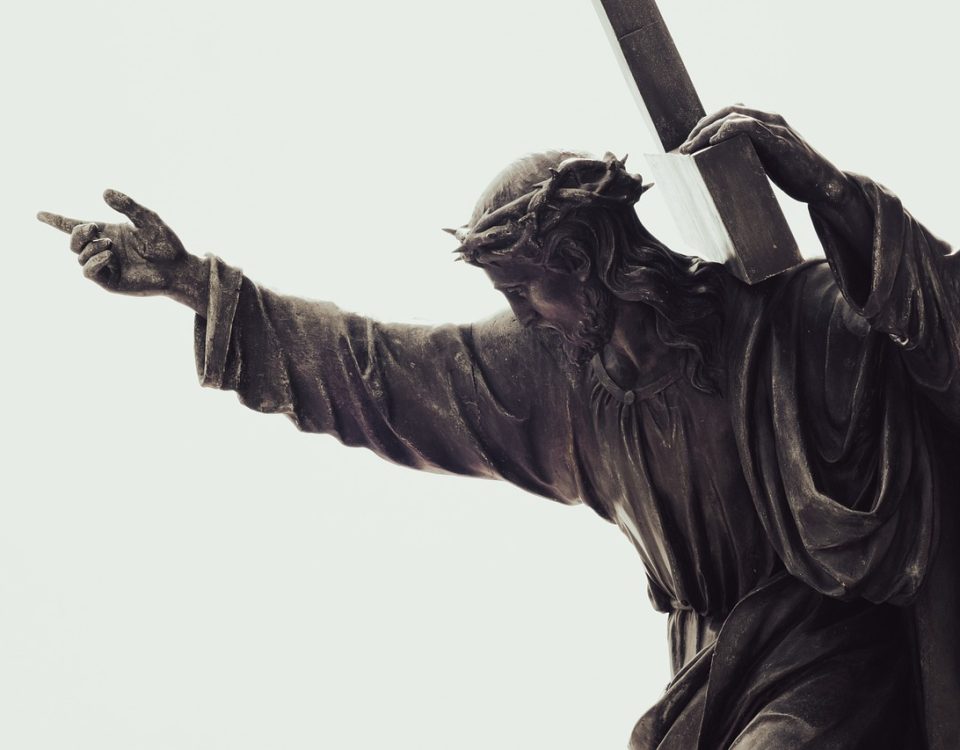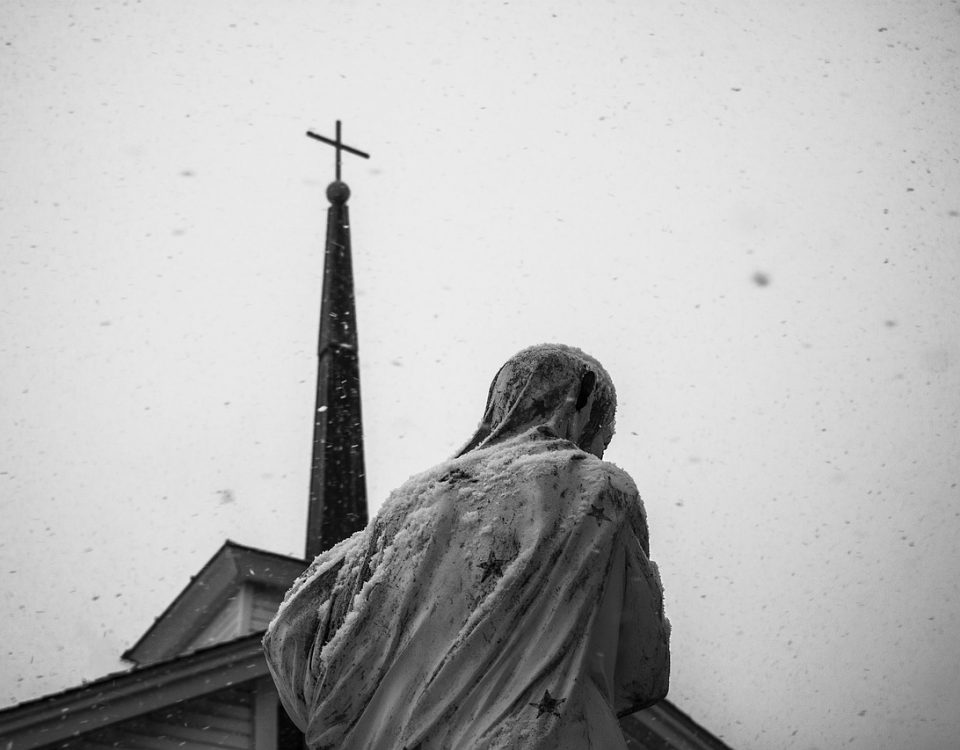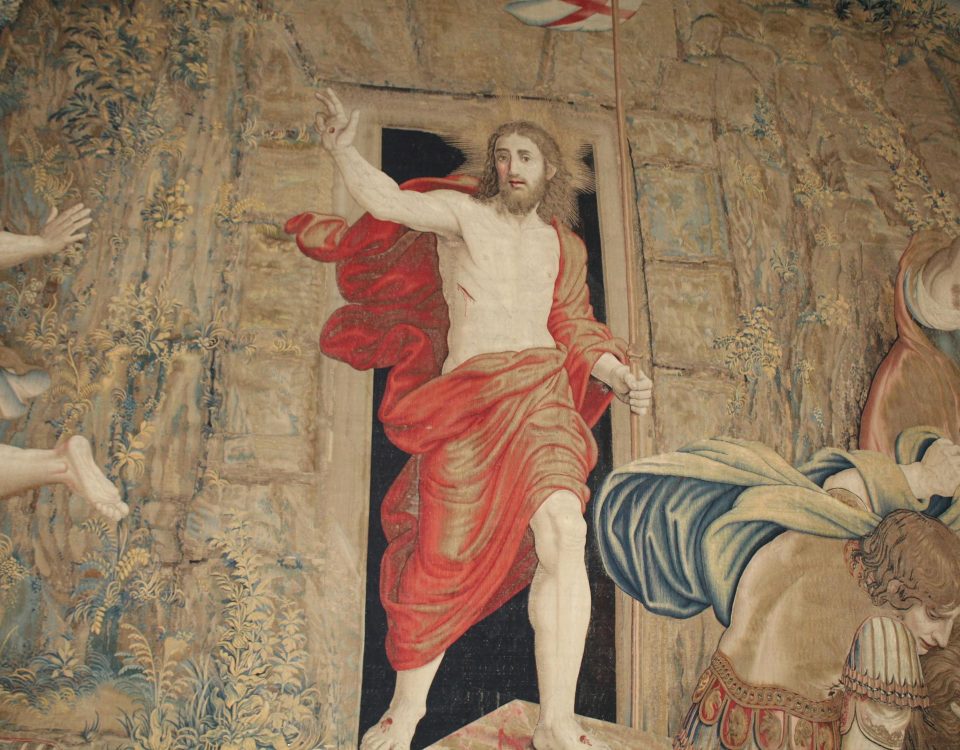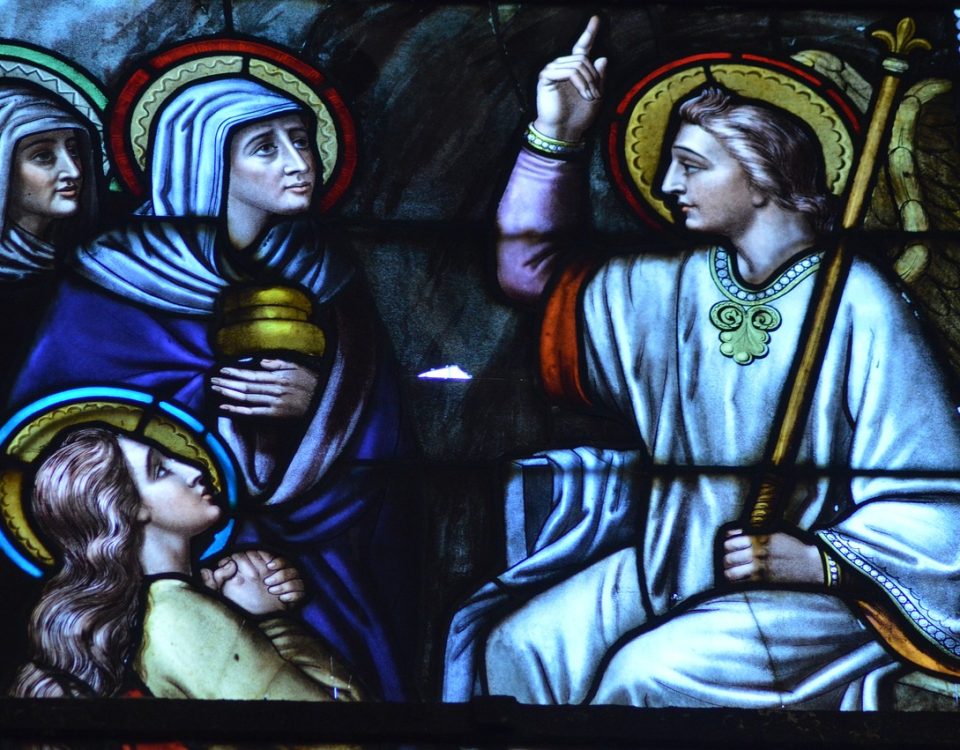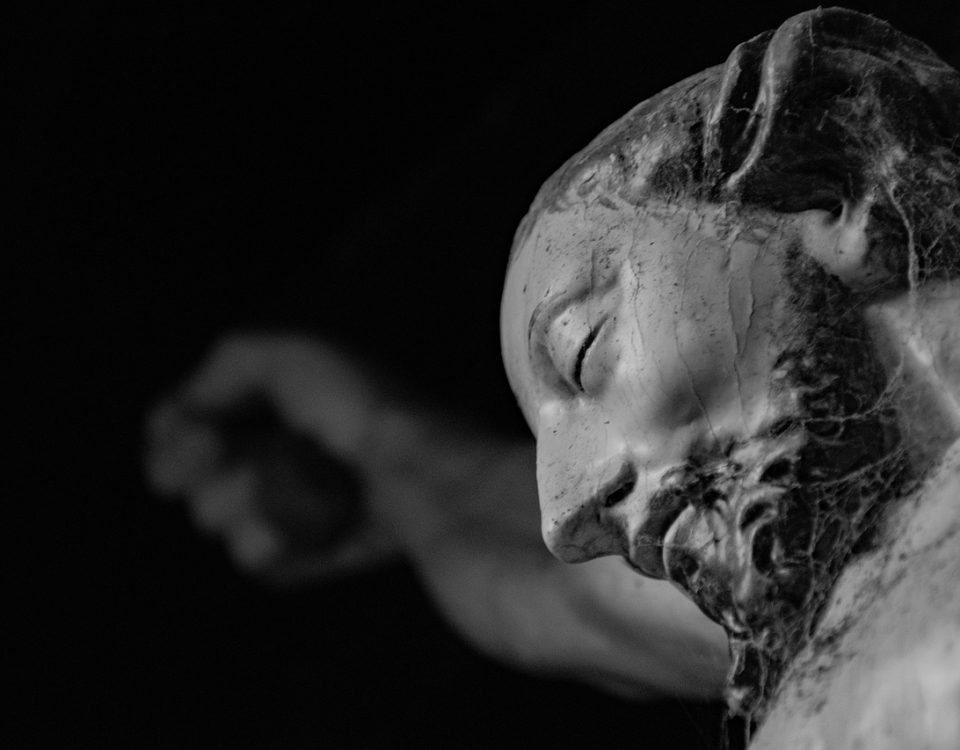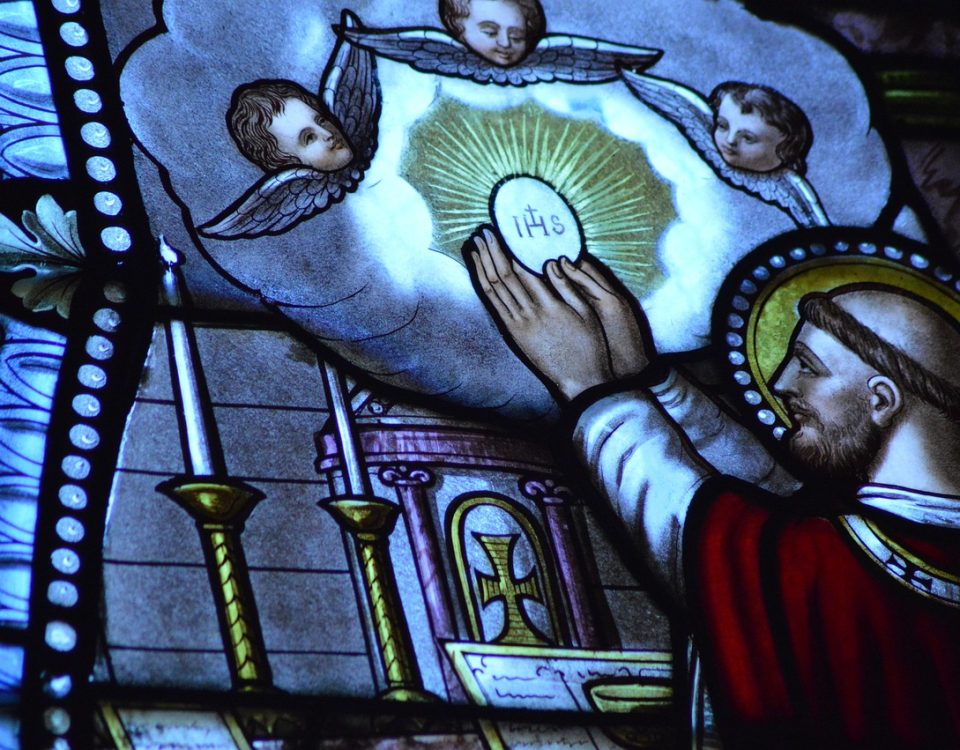I have a thing for artists—poets, painters, people like that.
What I mean is that artists fascinate me. I dislike how we call them “creatives” today; I prefer still to call them artists. I have always thought them related to saints somehow; saints and artist I have always thought reflect the same light. I don’t know, it’s just I think people like that are beautiful. And we live in a world in need of beauty.
Even artists of little faith or no faith at all: I find them beautiful too. Whatever is beautiful I believe belongs to the Lord, and so even the faithless artist fascinates me. In one of his letters Van Gogh wrote, “One needs a dose of inspiration, a ray from on high, that is not in ourselves, to do beautiful things.”[1] He believed this to the end, I think, even though his faith—well, let’s just say it changed. What he said, however, remains true: you need a certain dose of inspiration to do beautiful things. Which, as I said, is why artists fascinate me, and why today all I really want to say to you is that you should be artists or something like artists or at least the sort of person who knows what artists are for—fascinated by them like me.
One artist who has fascinated me of late, a woman you should know (or at least she would make your life more beautiful to know her) is a painter; her name was Paula Modersohn-Becker. A German painter, an Expressionist she’d be called; she died shortly after childbirth in 1907, barely past thirty-years-old. She lived in an artist colony outside Bremen; hers was a restless life, her marriage was not really a happy one at all. It was, needless to say, difficult to be, as a woman, a painter, difficult to be taken seriously; it was a sexist world. But, of course, she herself was not perfect; she was impetuous, indecisive; she was very much a young, untamed woman, and I doubt she thought much about God at all.
But she was an artist, beautiful and a maker of beauty. And I know it’s silly, maybe even inappropriate, that I talk about Paul Modersohn-Becker here in homily, that I point to her as any sort of example. But I wanted to suggest to you, my sisters, that whoever you are, however perfect or imperfect you are, full of faith or even full of doubt, if you are an artist or something like an artist or at least a person who knows what artists are for, then you will be beautiful; and, whatever you do will be beautiful too.
And one lesson that we learn particularly from artists is that beauty takes time to grow, takes work, suffering, sacrifice. Writing to her mother in 1902, around twenty-seven-years old, she said, “The dawn has broken in me and I can feel the day approaching. I am going to be somebody…The time is coming when I will no longer have to be ashamed and remain silent, but when I will feel with pride that I am a painter.”[2] But it took her years to get there, to feel that way. Her art, her wandering about, was a search to discover herself; of course, it should take time; of course, discovering who you are and what you’ll give to the world takes time, that you can’t order it next day like some cheap thing off Amazon. That, I guess, is the point I’m trying to make: I pray that you become even more beautiful than you already are, and that you do beautiful things; but it will take time, and a failure or two probably as well; but that’s okay. Give yourself time. Writing to her friend, Rilke, Paula said, “I am not Modersohn and I am not Paula Becker anymore either./ I am/ Me,/ And I hope to become Me more and more.”[3] Again, I just think that’s beautiful, and I just want to say that I hope some of you will be as beautiful as her.
Yet I am not here simply to say something inspirational about artists. As I said, artists are like saints; saints, I think, are what artists secretly long to be. Which is why I beg you always to remember the saint who has caused us all to be here—Saint Angela. She too was a strong and beautiful woman; a woman who could very well hold her own in the world. And what I think she would say to you (she would have said so to Paula too) is that to be beautiful, truly beautiful, you must be spiritually alert; and also, she would say that you must, hopefully at least one day, come to know and love Jesus Christ. For, spiritually alert, you’ll be strong; I think of the time Saint Angela told the devil, to his face, to go to hell.[4] “Consider that the devil does not sleep,” she said.[5] May you be as spiritually wise and spiritually strong as her. And, if you also know and love Jesus, then you will know genuine peace; I think of what St. Angela said, “In these dangerous and pestilential times you will find no other refuge than at the feet of Jesus Christ.”[6] Jesus whispered to his disciples something beautiful about “complete joy.” It’s what happens Jesus said, when a person “remains in my love.”[7] That’s what I’m talking about. That’s just true; at least that’s what Saint Angela believed, what I believe; and I am happy. And I want you to be happy too; that is what we all pray for, all of us praying for you. Blessings, my sisters, and congratulations. Amen.
[1] The Letters if Vincent van Gogh, Letter 625 [F] (2 February 1890)
[2] Marie Darrieussecq, Being Here Is Everything: The Life of Paula Modersohn-Becker, 80
[3] Ibid., 106
[4] Philip Caraman, Saint Angela, 20
[5] Ibid., 93
[6] Marie di Mercurio, Angela, 194
[7] John 15:10-11
© 2024 Rev. Joshua J. Whitfield
